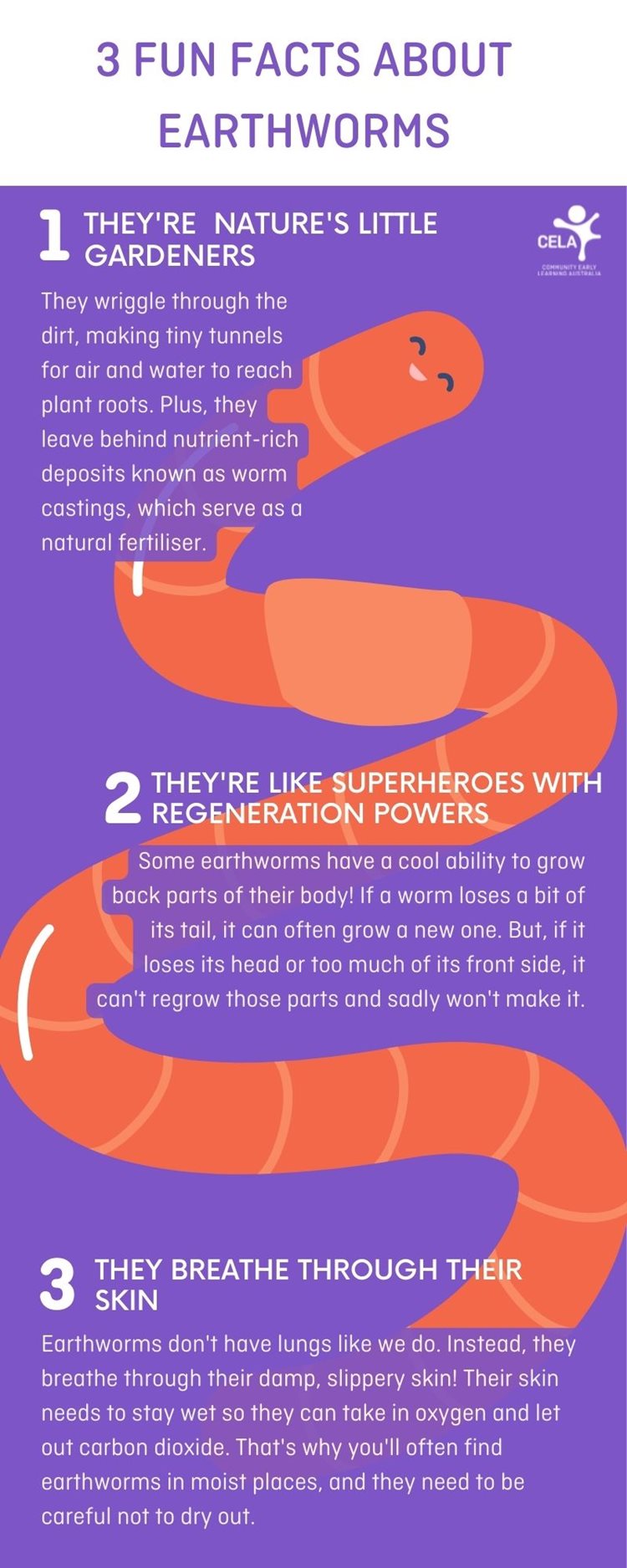The Best Strategy To Use For North Carolina Worms
The Best Strategy To Use For North Carolina Worms
Blog Article
4 Easy Facts About North Carolina Worms Explained
Table of ContentsThe 3-Minute Rule for North Carolina WormsThe Best Guide To North Carolina WormsThe 7-Second Trick For North Carolina WormsThe Only Guide for North Carolina Worms
Example: 1-gallon of worm spreadings to 4 gallons of potting mix. 1/2 mug in the base of the planting hole for smaller sized plants. 1 cup for larger plants.
The addition of tea can likewise include raised microbial biomass to your dirt. You can constantly side-dress your plants with worm castings at any moment. Simply remember, the microbes will certainly die if revealed to UV rays (Sunlight), so make certain to cover the spreadings with an inch approximately of soil.
This frustrated them for years up until the screening techniques became much better. It would get much better(with even more castings), level off, and then decrease. Too several worm spreadings would certainly increase the growth to a rate that the plant might not recoup from.
Some Ideas on North Carolina Worms You Should Know
Numerous herbicides work with this very same principle. So, 20% by volume seems to be the "Sweet Area". I have clarified the merits of worm castings for about 2000 words. What regarding the opposite of the coin? Absolutely nothing is perfect. Worm spreadings are no different. It takes time to develop top quality worm castings.
Worm spreadings certainly set you back more than chemical fertilizers. Worm spreadings are on the cheaper end of natural fertilizers. (50 gallons per year) It is a much more difficult and very expensive financial investment to produce big amounts of worm castings.

Creating a healthy soil may be the best advantage of worm spreadings. We talked about worm castings NPK and likewise the proper nutrient evaluation that should apply to worm castings.
How North Carolina Worms can Save You Time, Stress, and Money.
We spoke regarding some of the downsides connected with worm castings. I covered a whole lot of product in this write-up.
The upright burrows are commonly open, although the worms cap the top with residue and waste matter. Origins require oxygen for their growth, whereas they create carbon dioxide that requires to leave the soil.
Earthworms increase porosity by 2 devices: (1) by producing permanent burrows, and (2) by improving soil gathering. Aggregation is boosted by the blending of dirt and organic issue in the earthworms' guts. Where to buy worms in NC. These highly stable aggregates are deposited by some earthworms in their burrows, and by others at the surface area of the dirt


In an additional research study, earthworms were approximated to take in 4 to 10 percent of the top 6 inches of the dirt each year. Dirt compaction reduces the porosity of the soil.
An Unbiased View of North Carolina Worms
Typical earthworm populations can conveniently eat 2 lots of completely dry issue per acre per year, partially digesting and mixing it with dirt. The value of earthworms to mix surface residue with dirt comes to be really clear in soils that do not have any earthworms. Most of our Pennsylvania soils contend least some earthworms, and the result of their total lack, for that reason, can not be noted.
(https://www.alive-directory.com/North-Carolina-Worms_673540.html)In these soils, the development of topsoil with sensible organic matter material did not take location, leading to poor plant development. As soon as the reason was developed, the federal government of the Netherlands began a campaign to introduce earthworms. After the introduction of the earthworms, a dark topsoil layer was formed, and crop growth enhanced considerably.
They live primarily from partially disintegrated natural matter that is currently incorporated in the soil. These species ingest huge amounts of soil that they mix with digested crop residue in their guts.
These species ingest significant quantities of dirt that they mix with digested residue in their digestive tracts. Their waste matter is largely transferred at the surface of the soil.
Report this page